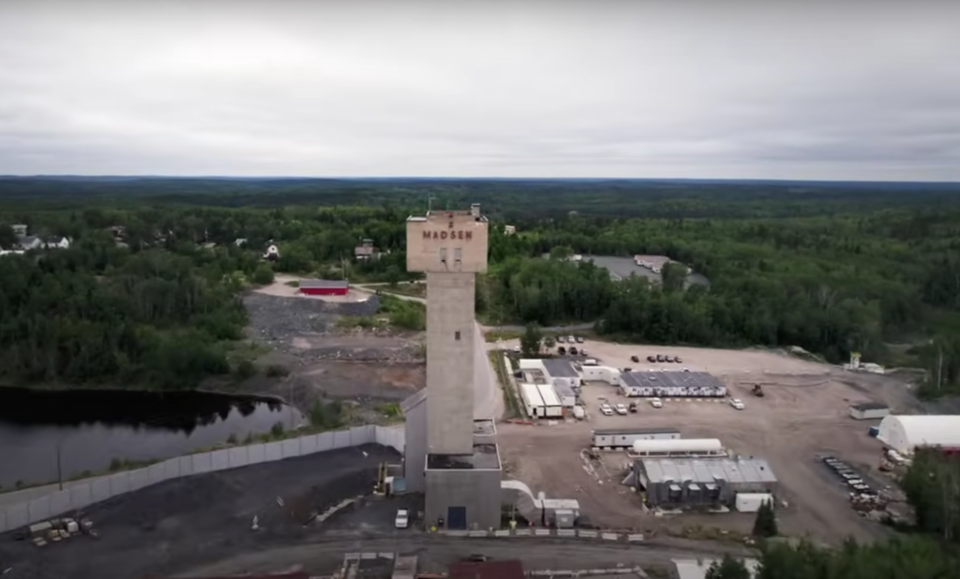West Red Lake Gold Mines president-CEO Shane Williams was very guarded in talking about the blue-sky gold potential of the company’s Madsen Mine property in northwestern Ontario .
The Vancouver company is not rushing the dormant underground mine back into production but is taking a patient approach in its reboot of an operation that entered creditor protection in the fall of 2022 under the Pure Gold Mining banner.
“Given the history of it, it’s very important to get what we have right,” said Williams, in a recent online interview with CRUX Investor.
“We’re not talking about scaling up,” Williams said, even though there’s plenty of gold to be tapped into on the company’s property.
With three drills turning and 150 people on site, Williams said by the time planning is finished for Madsen’s relaunch, a year-and-half’s worth of drilling data will be in the library to guide their approach to mining the deposit.
West Red Lake acquired Madsen in a CCAA sales process in June 2023 and began drilling there in October of that year.
The historic 47-square-kilometre mining property, located just southwest of the Town of Red Lake, contains a 2 million-ounce gold resource at 1.7 million ounces indicated and 300,000 ounces inferred, averaging 7 grams per tonne. The company also inherited a solid base of mining infrastructure, including a 1,200-metre shaft, a key to mining deep deposits.
While some mining analysts though Madsen was a turn-key operation, Williams said the company felt it was important to step back and reduce the risks for the restart
That began with infill drilling of the existing deposit. More than 50,000 metres has been done to date with another 50,000 metres to go.
This is not exploration drilling to grow the gold resource, Williams said, but is high definition drilling to better understand the intricacies of the ore body. Infill drilling creates more certainty in the company’s approach of how to best mine it.
About 1,500 metres of underground development at Madsen has been done to carve out stations to conduct definition drilling at “six to seven-metre spacings.” said Williams.
Because of the tricky nature of Red Lake gold systems, Williams said it’s easy to “lose control of the ore body.”
"The geology of Red Lake is complex,” Williams said, with deep “high grade veins that pinch and swell.”
That was the problem with Pure Gold, he said. The company hadn’t performed enough deep, definition drilling to understand how the ore body moved.
These types of ore bodies does not lend itself to huge underground stopes and big bulk tonnes, Williams said, it’s about chasing narrow veins.
Not spending the money on drilling can get one in trouble, he said.
Since acquisition, West Red Lake has raised $100 million, part of that allocated to the drill program. He estimates they’ll need another $50 million to $70 million to put Madsen back into production. That could come in the form of a royalty offering, a streaming deal or some other financing alternatives.
“It’s a lot of money to drill but it pays for itself in spades later on as we go into mine,” said Williams.
The company said in June its aim was to restart Madsen in the second half of 2025.
Once operating, Williams suspects Madsen will not be a large operation, producing around 60,000 to 70,000 ounces of gold a year, in staying within their existing processing mill capacity of 800 tonnes per day.
“Not a huge project, but for us it’s more important to get that running, set a base and then talk about growing.”




